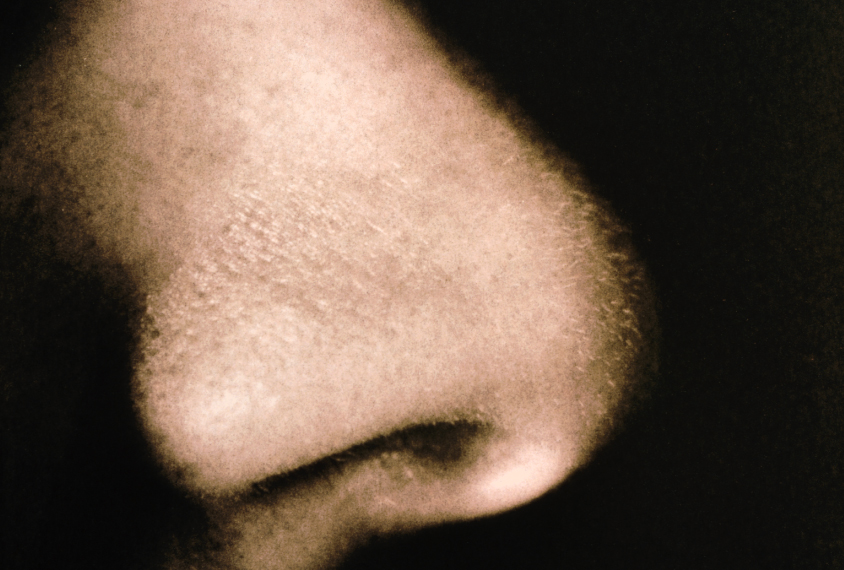
Brain scans sniff out root of unusual sense of smell in autism
People with autism who are acutely sensitive to smells have unusually weak connections between a brain region that processes social stimuli and one that integrates sensory information.
People with autism who are acutely sensitive to smells have unusually weak connections between a brain region that processes social stimuli and one that integrates sensory information. These altered connections may contribute to the unusual food preferences seen in some people with the condition. The unpublished findings were presented yesterday at the 2016 Society for Neuroscience annual meeting in San Diego.
Some people with autism are picky eaters or are repulsed by certain foods and smells, but it’s unclear what brain alterations contribute to these characteristics.
When an individual tastes sugar or sees pictures of appetizing foods, three areas within a brain region called the insula become active. The insula is located deep in the brain; it integrates sensory information and is involved in understanding other people’s emotions. Several studies have found altered connections between the insula and other brain regions in people with autism.
In the new study, researchers looked for altered connections between the insula and other brain regions in 51 people with autism and 45 controls. All of the participants were about 18 years old and were matched for intelligence.
The researchers scanned each individual’s brain using functional magnetic resonance imaging (fMRI), which detects changes in blood oxygen levels as a proxy for brain activity. They measured connectivity by identifying brain regions that activate simultaneously as the person rests in a scanner.
Sensitive measure:
The scans revealed that people with autism show weak connectivity between the insula and seven regions that play a role in social interactions. These include the right inferior frontal gyrus, which governs attention, the right superior temporal gyrus, which is a hub for language processing, and the fusiform gyrus, which processes faces.
People with autism show enhanced connectivity between the insula and the thalamus, a brain area that relays sensory information.
The researchers measured each individual’s sensitivity to taste and smells using a test called the Adolescent/Adult Sensory Profile. They found that high scores on questions related to smells — an indicator of sensory hypersensitivity — track with weak connectivity between the insula and the right inferior frontal gyrus.
Somewhat counterintuitively, heightened taste sensitivity does not track with any of the altered connectivity patterns with the insula. But the altered connectivity patterns could still relate to the unusual food preferences of people with autism, says Meghan Collins, a fellow in Alex Martin’s lab at the National Institute of Mental Health in Bethesda, Maryland, who presented the findings. That makes sense, she says, because smell and taste are intricately linked.
For more reports from the 2016 Society for Neuroscience annual meeting, please click here.
Recommended reading

Too much or too little brain synchrony may underlie autism subtypes

Developmental delay patterns differ with diagnosis; and more

Split gene therapy delivers promise in mice modeling Dravet syndrome
Explore more from The Transmitter

During decision-making, brain shows multiple distinct subtypes of activity

Basic pain research ‘is not working’: Q&A with Steven Prescott and Stéphanie Ratté
